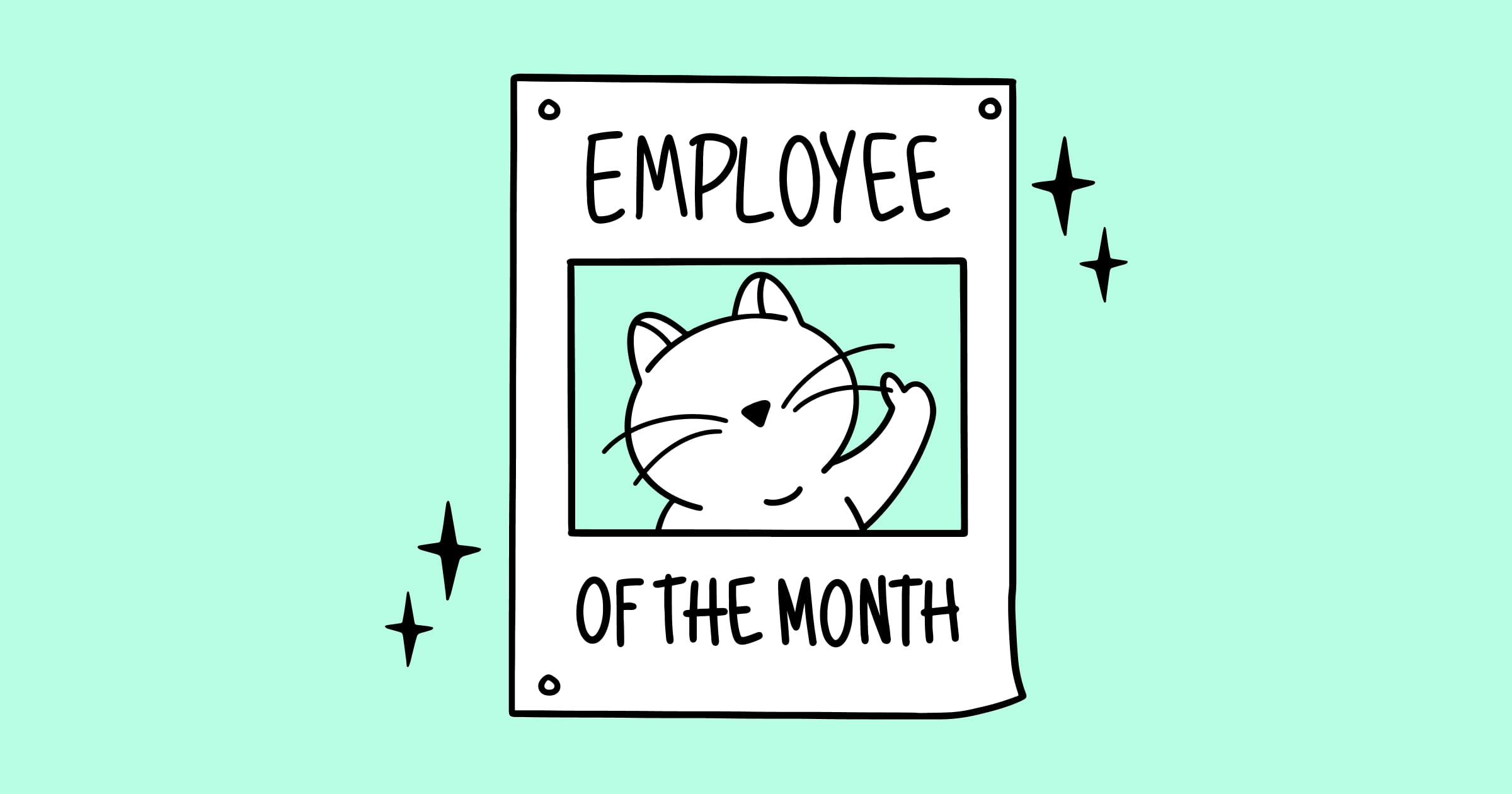March 18, 2025

Embracing internal mobility helps organisations retain top talent, cut recruitment costs, and boost productivity and engagement
As the world continues to face a critical talent shortage, internal mobility is emerging as a key solution. This internal hiring process will shape the future of recruitment in the next five years, according to LinkedIn’s The Future of Recruiting 2023 report. Why? Because it aligns with what the global workforce desires. The report highlights that employees will stay 60% longer at places that offer internal mobility – a crucial statistic that links directly to the talent crisis that has been plaguing the global economy since 2020.
Internal mobility is the movement of people to new career opportunities within the same organisation. It allows companies to leverage existing talent instead of relying on external hires to deal with the fast-changing demands of the world of work.
As its name suggests, internal mobility signals movement, both vertical and lateral. Upward (vertical) mobility is what one might call a promotion – advancing to a higher role in the same department as a reward for good performance. Lateral mobility implies moving to another position – such as a transfer (in the same department or a different one) – without a change in salary or rank. However, internal mobility is a lot broader in scope. Some other internal mobility examples include:
Project-based mobility involves the creation of cross-functional teams for one-off assignments. It helps companies relocate talent quickly to meet organisational goals and targets. The team members also benefit as they get to learn new skills from each other or use the skills and competencies they might not otherwise use in their regular positions. What’s more, cross-functional teams create a culture of collaboration, breaking down departmental silos and making work more efficient.
The rise of project-based mobility coincides with the change in the concept of work. Work is increasingly being a) broken down into projects or tasks, or b) broadened to focus on specific goals, such as solving a problem, working towards an outcome, or creating a value. The traditional concept of a ‘job’ is now less relevant, as is evident from a 2022 Deloitte study, which says 71% of workers are already performing some kind of work that is unrelated to their job descriptions. As more and more companies become skills-based organisations that prioritise skills over conventional qualifications, project-based mobility is only set to grow in popularity.
This is a type of internal mobility in which experienced employees are given the title of mentor or coach and entrusted with teaching their colleagues new skills or helping them better understand their role in the organisation. Mentorships are also offered to employees who are in line for a promotion.
A job swap is when two employees switch roles for a set period, either in the same department or in different ones. After the period is over, they return to their original roles – equipped with new skills, knowledge, and experiences. When just one employee is sent on a temporary transfer, it is called a job rotation instead of a job swap.
Businesses routinely create new roles and positions to meet new demands. But they need not hire someone from outside to fill these positions. Internal mobility gives them the opportunity to pick the most skilled and suitable candidate right from among their ranks.
An effective internal mobility strategy matches people with opportunities that align with their long-term goals, personal as well as professional. Job shadowing provides that opportunity. It allows employees interested in a particular role to observe and learn from employees who are already performing that role. Job shadowing is also used to onboard employees into new roles.
Here are five key benefits of internal mobility:
Despite its many benefits, implementing internal mobility is still a challenge due to factors such as legacy mindsets and talent hoarding. Getting rid of old habits takes time but there are two things organisations can do right away to give their internal mobility programme a strong start:
1. Get on board with technology
Using the many digital skills management platforms and HR technologies available in the market can optimise any internal mobility programme. A skills management platform like MuchSkills, for instance, is tailored to assist organisations in mapping their employees’ skills and placing them in the right roles and teams. Here, we will talk about two particular MuchSkills features.
Harnessing the right technology for internal mobility does wonders for both organisations and individuals. With MuchSkills, for example, employees also can create their own individual skills matrix, list their interests and goals alongside their talents and competencies, and pursue learning and skilling opportunities offered by their employer.
2. Build an internal talent marketplace
Another crucial step in a skills-driven organisation’s internal mobility journey is to create an internal talent marketplace. A talent marketplace is a technology-enabled platform that matches employees and skills to full-time roles, projects and gigs, rotation programmes, mentorships, skill-building experiences, and so on. According to a 2020 study, there are three major benefits to having an internal talent marketplace:
A talent marketplace is an enabler of internal mobility because it centralises job postings, making opportunities transparent and accessible to all. It empowers workers and, in turn, fosters engagement and retention.
To create an internal talent marketplace, experts recommend following the four Ps – purpose, plan, programme, and platform. Purpose involves defining strategy based on measurable outcomes. Plan is the setting up of guidelines (what work should be made available, who has access to the marketplace, etc). Programme entails coming up with policies and processes for the internal talent marketplace. Finally, platform means picking the right technology such as a skills management platform to host the marketplace. Once set-up is completed, companies can use their internal talent marketplace – also referred to, rather aptly, as an opportunities marketplace – to match skills and talent with the needs of the organisation at scale and speed.
A talent marketplace can even be a deterrent to talent hoarding. One of the reasons managers hoard talent is because they lack visibility on the available candidate pool. But with a skills management platform like MuchSkills, this problem can be easily solved. As mentioned earlier, our Team Builder feature identifies candidates with the required skills in just a few clicks. Apart from displaying their certifications and proficiency levels, Team Builder also hosts each candidate’s current workload, showing if they are available and free to take on a new project. With maximum visibility on available skills and talent as well as utilisation levels, managers may be deterred from holding on to their workers and the cycle of hoarding might finally break.
Internal mobility is transforming the way we work. It has changed the concept of work by raising the profile of project work, allowing organisations to capitalise on untapped skills. It has also created a more empowered, agile, and resilient workforce by breaking down departmental and geographic silos and ushering in a culture of fairness and transparency. Internal mobility is a necessity if we hope to make it through the rapid changes and challenges that characterise the new future of work.

Subscribe to our newsletter to receive MuchSkills insights directly in your inbox. Don't worry we will respect your inbox

A practical look at how skills visibility, fair evaluation, and growth-focused conversations reshape the employee experience.

By revealing hidden talent and optimising workforce deployment, skills visibility democratises opportunities and boosts employee engagement and retention.
